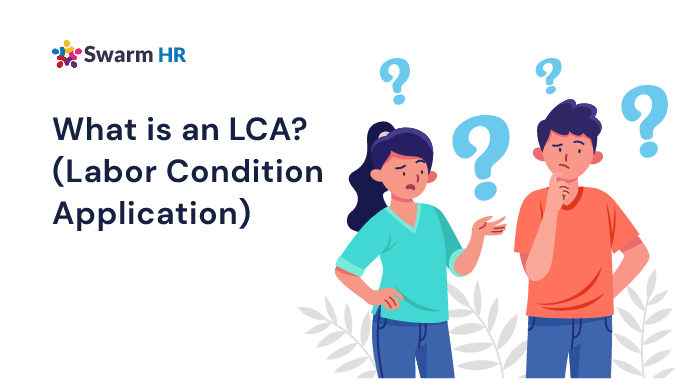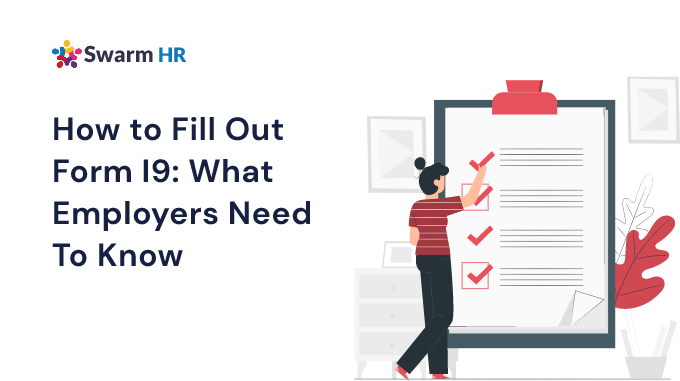How do Employers Stay Compliant: Covid-19 Crisis

During uncertain times, employers need to have all their boxes checked so they are not penalized even further. This is how employers can stay compliant during the Covid-19 crisis.
Raise awareness to your Workforce
All employers have the basic obligation to provide employees with a safe and healthy workplace. Employers should communicate with workers to underscore that commitment, including with respect to epidemics and disease outbreaks. U.S. employees should be directed to the CDC Coronavirus Website for the most current updates and should be encouraged to consult the following:
- Know the Facts About Coronavirus and Help Stop the Spread of Rumors
- Prevention and Treatment
- Frequently Asked Questions
Avoid Discrimination Claims
Commentators have noted the spread of misinformation about COVID-19 and how it has caused some consumers to avoid certain ethnic restaurants or engage in other exclusionary behaviors based on irrational fear. In the workplace, employers should avoid workplace discrimination or harassment due to cultural biases or racial perceptions that particular workers are more likely to be exposed to or infected with COVID-19. On a parallel front, employers should recognize the potential ADA implications of the virus, assess any accommodation obligations, and monitor whether any circumstances pose a “direct threat” to the workforce that might justify enhanced precautions such as otherwise unlawful disability-related inquiries and/or medical examinations (which could include measuring an employee’s body temperature) or enhanced OSHA precautions. In compliance with the ADA, employers must also ensure that they protect the confidentiality of any medical information they receive from or about individual employees.
Require Employees to engage in preventative Workplace behaviours
The precautions listed in the OSHA Employer Guidelines remain prudent. Employers should, at a minimum, require that employees not come into work sick or, after a known exposure to a confirmed case of COVID-19, for at least 14 days. Employers should also explain expectations of proper hand-washing and coughing etiquette and distribute/display CDC Posters and Factsheets (including “Stop the Spread of Germs” poster) (available in English, Spanish and Chinese). Many employers are providing additional hand-washing instructions, hand sanitizer stations, work-space sanitizing wipes, and also requesting employees engage in social distancing to the extent possible.
Establish leave administration and accommodations guidelines
For employees in jobs not suitable for telework, employers face more difficult decisions. Employees who have a medical condition that places them at heightened health risk could potentially be entitled to job-protected leave (under ADA, FMLA or state law). Employers should also determine whether to provide job protection to employees who are not sick but who seek leave to self-quarantine after exposure to the virus or to avoid infection. Even younger, healthy employees may have legitimate interests in taking heightened safeguards against contracting COVID-19 so as not to jeopardize the health and lives of household members—even if those concerns do not qualify for ADA protection. Try to gather this data from employees that have existing records if you have not done so already. If employees are unsure about their health use a resource like this.
Where an employee is required to self-quarantine but has no remaining paid leave available, difficult questions arise as to pay policies, retention of exempt status, and employee morale. Forcing employees to choose between taking measures to protect their colleagues or loss of pay or of accrued leave could lead employees to withhold information from employers. Employers should proceed carefully before requiring an employee to take leave if the employee is not sick, has not recently traveled to or from areas of known high outbreak (“Level 3” and “Level 2” locations per CDC designation), or has not been exposed to a known case. That an employee has recently returned from a U.S. destination that has reported a handful of COVID-19 cases does not appear at this point sufficient reason to prohibit an employee from performing work, unless other symptoms are present or if the employer is prepared to place the employee on paid administrative leave.
Employers should also be mindful that they may only require employees to use statutory paid sick leave if the reason for the absence is covered by the relevant statute (typically, the employee’s own illness or the employee’s request to care for a sick family member).
SwarmHR & Compliances
SWARMHR is at the cutting edge when it comes to HR compliance. SWARMHR customers may reach out to us for templates, advice, or strategies concerning COVID-19 or anything compliance-related. Please reach out to Ramesh Thumu or Justin Jassal to coordinate any involvement regarding these concerns. We hope that all employers can remain compliant during the COVID-19 crisis
Catapult to digital-first organization
Learn More
YOU MAY ALSO LIKE

03 June, 2022 5 min read
What is an LCA? (Labor Condition Application)
The Labor Condition Application (LCA) is a form employers must file with the United States Department of Labor Employment and Training Administration (ETA). Employers apply . . .

20 June, 2022 4 min read
What are Public Access Files?
Public Access Files With the compliance mandates around public access files (PAF), they continue to be a point of worry for recruiters and staffing agencies. Recognizing . . .

20 June, 2022 4 min read
How to Fill Out Form I9: What Employers Need . . .
How to Fill Out Form I9! Can you imagine being fined almost $800 because your employee forgot to sign a piece of paper? Multiply that one mistake by thousands of employees . . .




